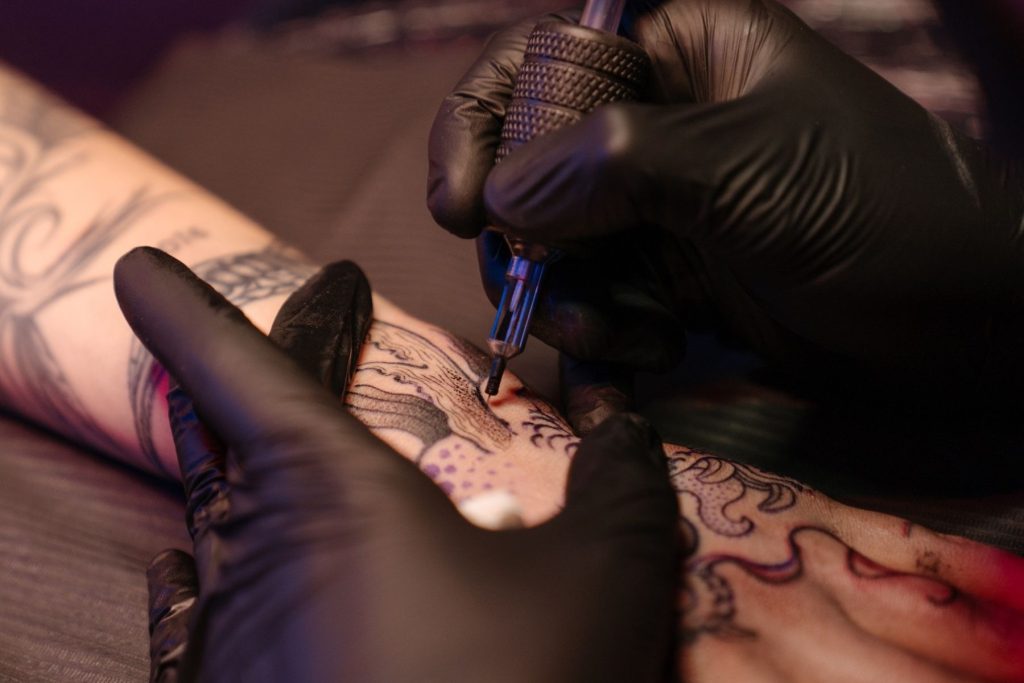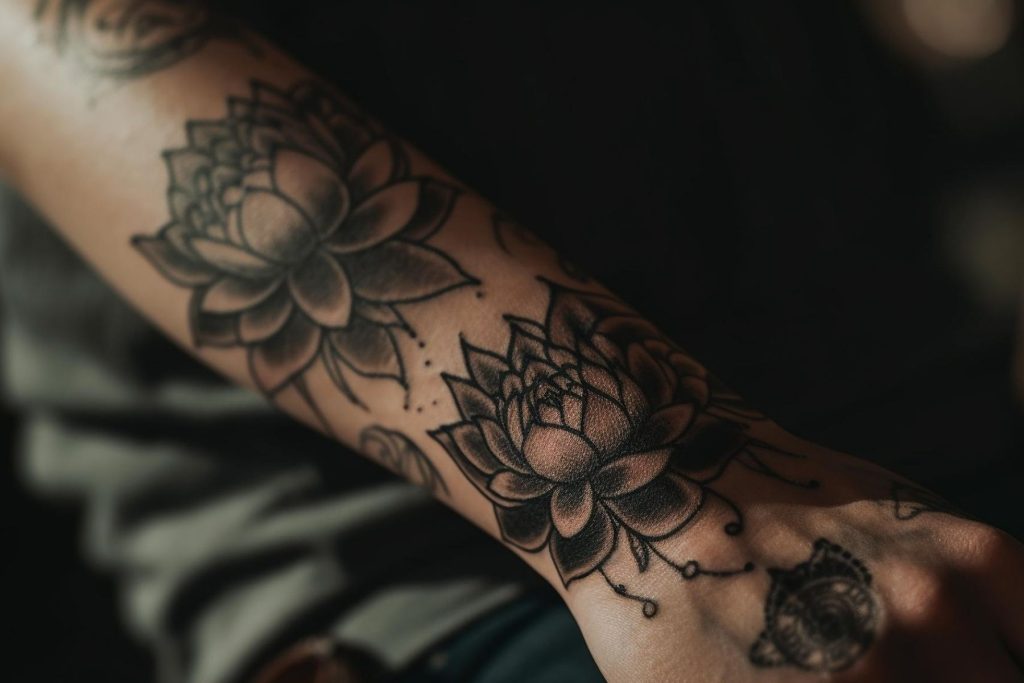Tatuajes, commonly known as tattoos, have transcended the boundaries of culture and time to become a powerful means of self-expression, art, and individual identity. For centuries, these inked designs on skin have served as symbols of status, rites of passage, and artistic canvases.
From tribal markings to contemporary body art, the allure of tatuajes continues to grow. In this blog, we’ll take a journey through the enigmatic world of tattoos, exploring their history, significance, and evolving role in our lives.
A Glimpse into the Past
Tattoos are not a recent trend; they have a rich and diverse history that spans millennia. Some of the earliest evidence of tattooing dates back to ancient Egypt, where mummies have been found with tattoos that are more than 5,000 years old. These early tattoos were often simple, consisting of dots or lines, and were primarily associated with specific rituals and beliefs.
Across the world, indigenous cultures have practiced tattooing for centuries. The Maori people of New Zealand, for instance, have a tradition of intricate facial tattoos known as moko, which represent their tribal affiliations, achievements, and social status. In Japan, irezumi is a traditional form of tattooing that has been an integral part of the culture for centuries.
Tattoos as Symbols of Identity

Throughout history, tatuajes have often served as symbols of identity and belonging. They’ve marked individuals as part of specific tribes, social groups, or professions. In the 18th and 19th centuries, sailors and pirates would get tattoos to signify their travels and adventures.
These tattoos told the story of their life at sea and the places they’d been. Today, tattoos continue to represent personal identity and stories. Individuals often choose tattoos that are deeply meaningful to them. It could be a symbol of their heritage, a tribute to a loved one, or an emblem of their passions and beliefs. The choice of a tatuaje is a deeply personal one, reflecting the uniqueness of the individual who wears it.
Tattoos as Artistic Expression
Tatuajes have evolved from simple markings into complex works of art. The world of tattooing has seen a remarkable transformation, with skilled artists pushing the boundaries of creativity. The artistry involved in tattooing is breathtaking, and the possibilities are endless. From intricate black-and-grey realism to vibrant watercolor tattoos, the world of ink on the skin has become a vibrant and dynamic artistic realm.
Tattoo artists are now celebrated as true artists, and their studios are akin to galleries. They take inspiration from various art forms, from classical painting to street art, infusing their designs with meaning, emotion, and technical excellence. Some artists have even gained international recognition for their exceptional tattoo work, cementing the status of tatuajes as a form of high art.
The Tattoos of Today
In the 21st century, tatuajes are more popular and diverse than ever. They’ve become a mainstream form of self-expression and are embraced by people from all walks of life. Tattoos are no longer limited to specific subcultures or age groups; they’re a universal art form. The themes for modern tatuajes are incredibly varied. Some people opt for minimalist designs, while others go for bold and intricate pieces.
Watercolor tattoos, geometric patterns, and fine-line tattoos have gained immense popularity in recent years. The choice of ink and placement on the body is also a matter of personal preference, with some people opting for subtle designs that can be easily concealed, while others proudly display their tattoos.
Tatuajes are not only about aesthetics; they can also carry deep personal meanings. Many choose tattoos as a way to commemorate a significant life event, honor a loved one, or symbolize their life’s journey. Tattoos are, in essence, a living canvas that grows and changes with the individual.
Tatuajes and Self-Discovery

For many, the process of getting a tattoo is more than just a trip to the tattoo parlor. It can be a journey of self-discovery and personal growth. The decision to permanently mark one’s body with a specific design is a profound one. It often involves a period of introspection and contemplation about one’s identity, values, and experiences.
Moreover, the act of enduring the needle’s sting and seeing the finished artwork can be empowering. It’s a testament to one’s ability to make choices and assert control over their body. Tattoos can be seen as a visual declaration of one’s identity, declaring to the world who they are and what one believes in.
Respecting the Legacy of Tatuajes
While tatuajes have evolved significantly over the years, it’s essential to respect their historical and cultural significance. Some designs have specific meanings deeply rooted in tradition. For example, tribal tattoos often represent a person’s heritage and have cultural significance. It’s crucial to research and understand the symbolism of certain tattoos before getting inked.
Furthermore, skilled and licensed professionals should always perform the art of tattooing in sanitary conditions. They should prioritize hygiene and safety, ensuring that the experience becomes not only memorable but also safe.
Conclusion
Tatuajes have come a long way from their simple origins. They now stand as powerful symbols of personal identity, artistic expression, and individuality.
The art of tattooing has grown to be a fusion of cultural heritage, modern creativity, and personal significance. Tattoos are a testament to the incredible diversity of human expression and the enduring allure of art on the human canvas.


